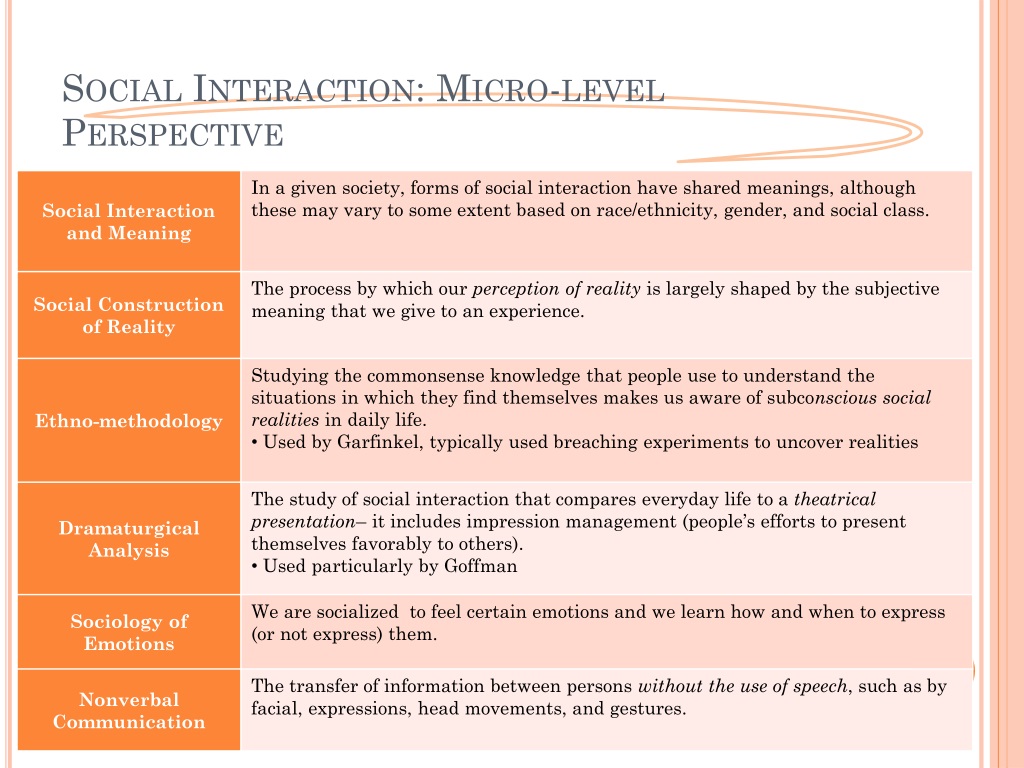


Alfred Radcliffe-Brown (1881–1955), a social anthropologist, defined the function of any recurrent activity as the part it played in social life as a whole, and therefore the contribution it makes to social stability and continuity (Radcliffe-Brown 1952). He believed that to study society, a sociologist must look beyond individuals to social facts such as laws, morals, values, religious beliefs, customs, fashion, and rituals, which all serve to govern social life (Durkheim, 1895). Durkheim believed that society is a complex system of interrelated and interdependent parts that work together to maintain stability (Durkheim, 1893), and that society is held together by shared values, languages, and symbols. Émile Durkheim applied Spencer’s theory to explain how societies change and survive over time. The parts of society that Spencer referred to were the social institutions, or patterns of beliefs and behaviors focused on meeting social needs, such as government, education, family, healthcare, religion, and the economy. He argued that just as the various organs of the body work together to keep the body functioning, the various parts of society work together to keep society functioning (Spencer, 1898). Functionalism grew out of the writings of English philosopher and biologist, Herbert Spencer, who saw similarities between society and the human body. Functionalismįunctionalism, also called structural-functional theory, sees society as a structure with interrelated parts designed to meet the biological and social needs of the individuals in that society. Table 1.1 Sociological Theories or Perspectives Different sociological perspectives enable sociologists to view social issues through a variety of useful lenses. Three paradigms have come to dominate sociological thinking because they provide useful explanations: structural functionalism, conflict theory, and symbolic interactionism. Paradigms are philosophical and theoretical frameworks used within a discipline to formulate theories, generalizations, and the experiments performed in support of them. In sociology, a few theories provide broad perspectives that help explain many different aspects of social life, and these are called paradigms. Classic sociological theories are still considered important and current, but new sociological theories build upon the work of their predecessors and add to them (Calhoun, 2002). Sociological theory is constantly evolving and should never be considered complete. Grand theories attempt to explain large-scale relationships and answer fundamental questions such as why societies form and why they change. Macro-level theories relate to large-scale issues and large groups of people, while micro-level theories look at very specific relationships between individuals or small groups. Theories vary in scope depending on the scale of the issues that they are meant to explain. His work supports the utility of theory in sociological research. Durkheim gathered a large amount of data about Europeans and found that Protestants were more likely to commit suicide than Catholics. He studied social solidarity, social ties within a group, and hypothesized that differences in suicide rates might be explained by religious differences. In sociology, a theory is a way to explain different aspects of social interactions and to create a testable proposition, called a hypothesis, about society (Allan 2006).įor example, although suicide is generally considered an individual phenomenon, Émile Durkheim was interested in studying the social factors that affect it. Sociologists study social events, interactions, and patterns, and they develop theories to explain why things work as they do. Figure 1.7 Sociologists develop theories to explain social occurrences such as protest rallies.


 0 kommentar(er)
0 kommentar(er)
